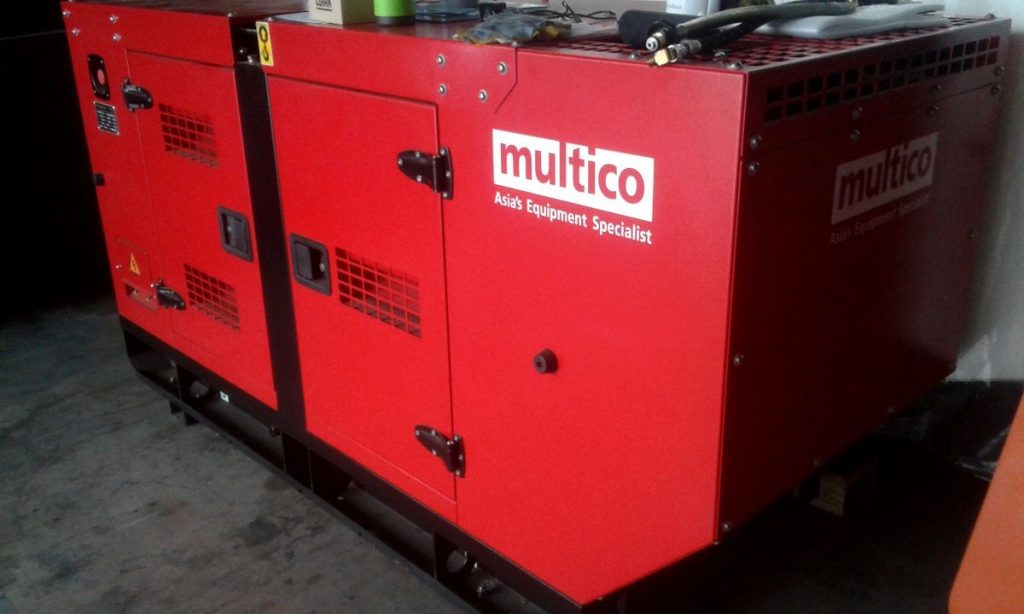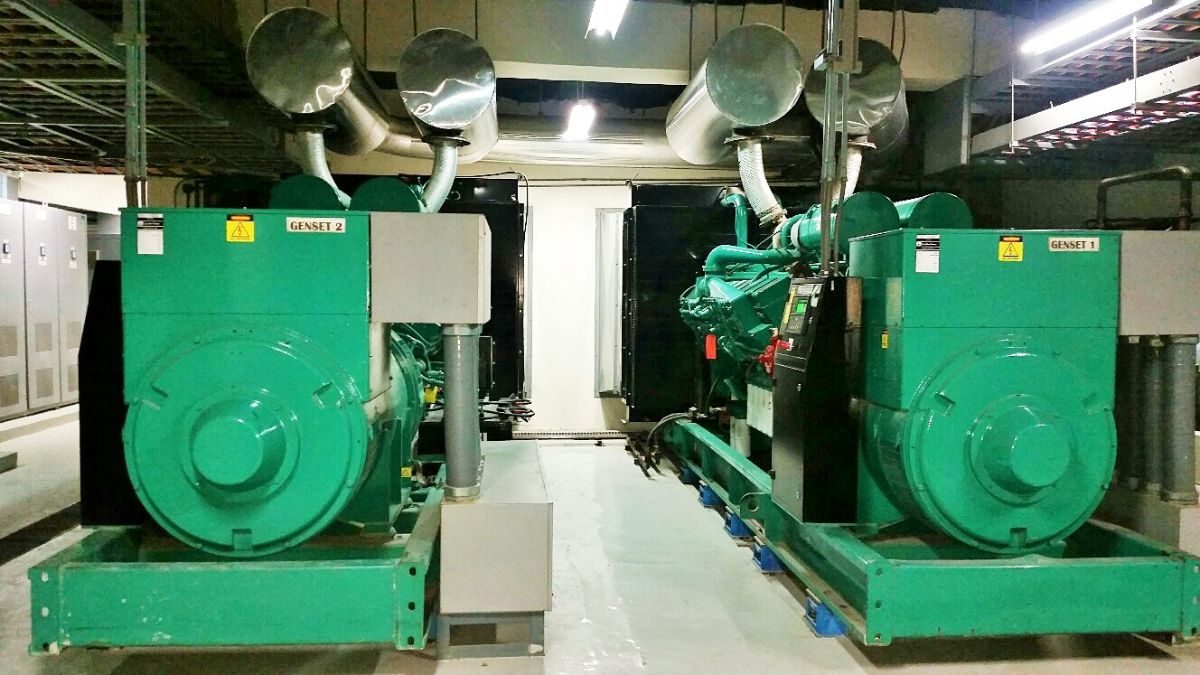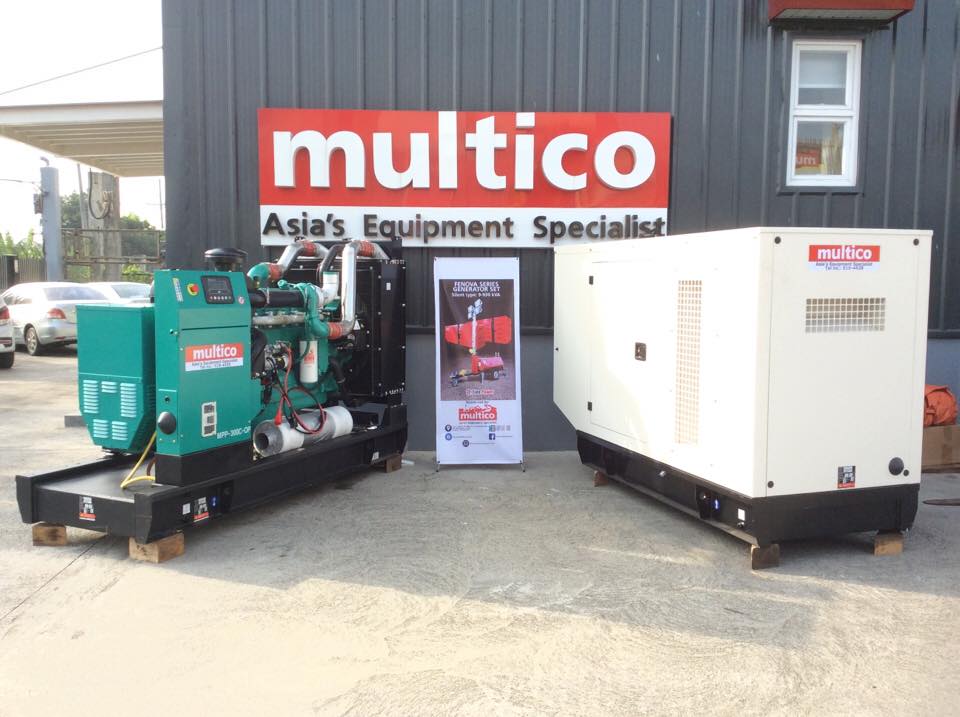
Generator Sizing Guide For Buyers
July 5, 2022
What do you need to know about the generator sizing guide?
- Know the importance of the right generator size
- Determine if you need it for residential or industrial use
- Know your specific requirements
- Consider paralleling generators
- Contact an expert
A generator set can serve as the main source of energy or additional power source in many places — whether residential, commercial, or industrial. They’re often used in areas not connected to a power grid, areas where there are frequent power outages, or applications where the loss of power can cause problems. When purchasing this piece of equipment, there are several things you need to consider — such as choosing the right size for your application. To help you, below is a generator sizing guide. Keep on reading!
Know The Importance Of The Right Generator Size
Figuring out the right generator size that matches your needs has plenty of benefits. For one, you won’t have to worry about downtime when there is a power outage. Downtime can lead to lost revenue due to an unexpected halt in production or delays in work. A properly sized generator can provide maximum power capacity for your operations, so you don’t have to worry about system failure caused by an overload of a low-capacity power supply.
Other than that, a properly sized generator also has a longer lifespan, since it has sufficient capacity to handle full-demand loads. It lessens the need for you to replace components on a regular basis, and you won’t need upgrades since your setup can last for years.
Determine If You Need It For Residential or Industrial Use
Depending on where you will use the generator, the class you need to purchase will vary.
When used as a backup or emergency power supply for homes, generators can give peace of mind in an event of a power shortage. Portable generators are also helpful for outdoor recreational activities and camping. If you’re a homeowner that only needs backup or standby power, you may only need a small portable generator or a stationary standby generator.
But for larger businesses and industrial applications, you will need more capacity. Industrial generators are also available in a range of sizes ranging from 20kW and over. Generators used in large-scale industrial settings are mostly diesel-run because they are fuel-efficient and cost-efficient.
Know Your Specific Requirements
It’s a good idea to understand your power generation requirements before purchasing a generator. First, make a list of the items that need to be powered, then take note of the starting and running wattage of the said items. Calculate the total power requirements in either KVA or KW.
Getting the starting and running wattage is essential so you can calculate your power requirements accurately. Starting watts refer to the extra watts needed to start up a motor-driven item — such as a refrigerator or a circular saw. On the other hand, running watts refer to the continuous watts that will keep these items running. You can often find this information in the manual or the identification plate. If the power requirements are stated in amperes, convert them to watts.
Consider Paralleling Generators

You might be wondering what is the better choice — to purchase a single, high-capacity generator or purchase two or more smaller generators? Paralleling generators refer to connecting two or more generators, to provide more wattage. There are several benefits to this approach:
Longer Life Span For Generators
Sharing the load among multiple generators mean that you lessen the burden on a single unit. This can help extend the lifespan of each generator.
Flexibility And Less Downtime
Paralleling generators ensure that you get an uninterrupted power supply because if one has to shut down for maintenance, you have other generators that can cover the power needs. If you only use one generator, and it needs to stop for a time, you will experience costly downtime.
Cost-efficiency And Practicality
Generally, it’s more economical to parallel generators. Other than that, it is easier to fit multiple generators in a facility compared to only having one huge unit in the room.
Contact An Expert

There is no substitute for having a certified electrician that can help you perform an inspection and calculate your power needs. If you want to know the right generator size that matches your application, it’s recommended to contact an expert.
Here at Multico, we can help you with your questions regarding generators. We offer a complete solution — including installation or turn-key projects, servicing, and warranty administration. You can ask us about our completed projects. We have worked with residential buildings, resorts, casinos, malls, office buildings, event center buildings, and many more.
Key Takeaway
Choosing the right generator size is important because it ensures that you get the maximum power you need on your site. Since it’s capable of handling the load you need, you can also ensure that the equipment will have a long lifespan.
In this generator sizing guide, you have learned that knowing your site’s power requirements is key to buying the right generator. You can also consider purchasing two or more generators to share the load, as this is more cost-efficient, practical, and gives you more flexibility. If you need help in figuring out what you need, you can contact us here at Multico!

